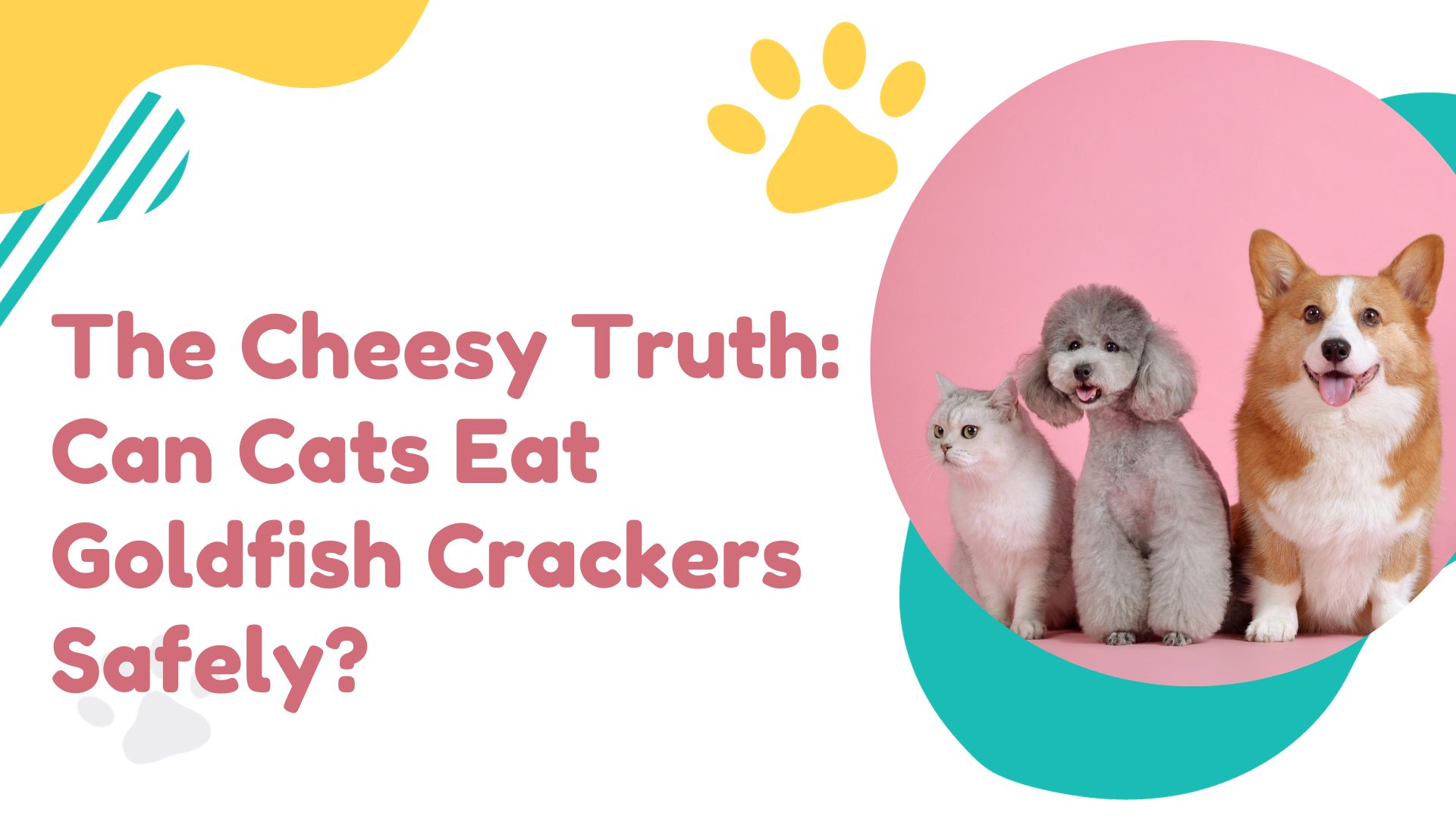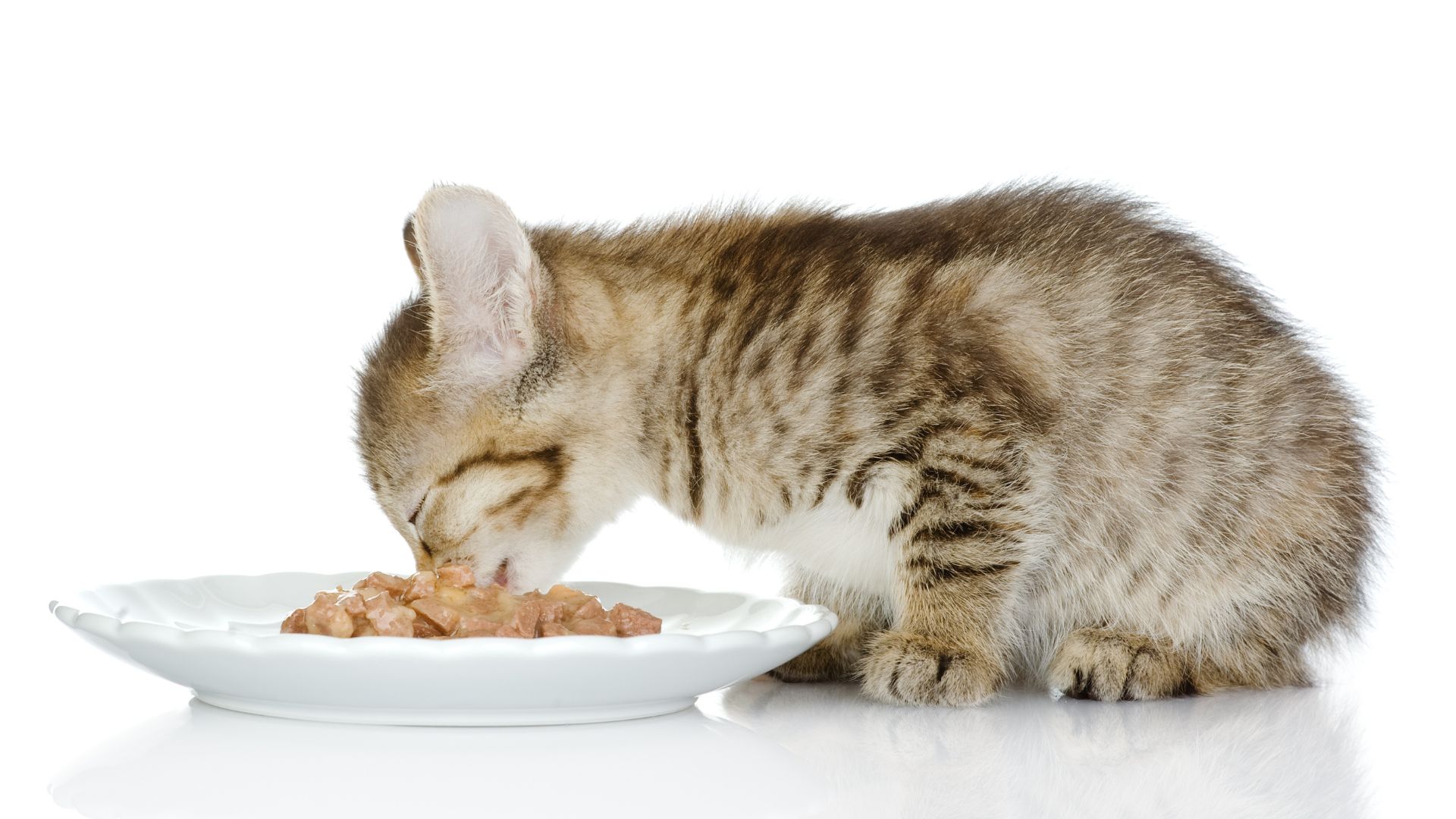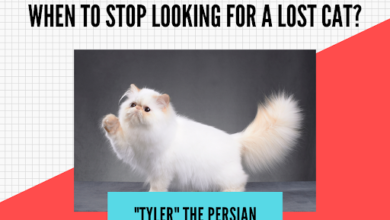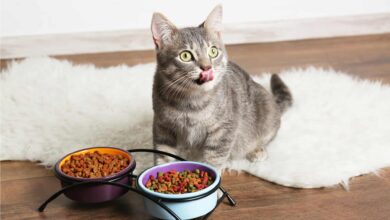The Cheesy Truth: Can Cats Eat Goldfish Crackers Safely?
Unraveling the Mystery: Can Cats Safely Snack on Goldfish Crackers?

Cats love snacks, but can they eat goldfish crackers? This cheesy treat may seem harmless, but, Can Cats Eat Goldfish Crackers Safely?
As pet owners, it’s our job to understand the risks and benefits before feeding our furry friends people food.
The short answer is yes, cats can eat goldfish crackers, but only in extreme moderation. An occasional goldfish broken into pieces can be an acceptable treat, but goldfish should never make up a large part of your cat’s diet.
Too many crackers could lead to health issues.
Are Goldfish Crackers Safe for Cats?
Goldfish crackers are made from enriched flour, oils, cheddar cheese, and salt. These ingredients are generally safe for cats, but there are some concerns to consider before feeding goldfish to your feline:
- Salt – Goldfish are high in sodium, which can cause dehydration and hypertension when over-consumed.
- Fat – The oils and cheese provide fat cats don’t need in large amounts. Excess fat leads to obesity and pancreatitis.
- Preservatives – Goldfish contain preservative compounds like BHA, BHT, and tertiary butylhydroquinone (TBHQ) that some consider controversial for pets.
- Choking hazard – The odd shape and size of goldfish crackers make them a potential choking risk for cats.
So, in small amounts, an occasional goldfish treat is likely fine. But goldfish crackers should never comprise a major part of your cat’s regular diet.

Health Risks of Feeding Goldfish to Cats
Giving too many goldfish crackers to cats can negatively impact their health:
- Obesity – The calories, fat, and carbohydrates in goldfish can quickly lead to weight gain if overfed. Obesity stresses the joints, heart, and metabolic systems.
- GI issues – Too much fat and salt may cause vomiting, diarrhea, dehydration, lack of appetite, or even gastrointestinal obstruction if improperly chewed.
- Low nutritional value – Goldfish lack the balanced nutrition cats need from high-protein, low-carb cat food.
- Choking hazard – The unique shape and texture of goldfish raise concerns about choking, especially in elderly cats with dental issues. Cats are not great at chewing.
To understand the sodium content of goldfish compared to cat treats, check out this quick Top 10 List:
Top 10 High Sodium Cat Treats & Foods to Avoid
- Lunch meat and deli meats
- Bacon
- Hot dogs
- Canned soup or broth
- Ham
- Goldfish crackers
- Salted nuts
- Salty snack chips
- Pretzels
- Fast food burgers or salty fries
This demonstrates just how high in sodium goldfish crackers are compared to other people’s foods cats may beg for. It’s best to stick with low-sodium cat treats instead!
3 Benefits of Goldfish for Cats
While not ideal for a regular part of a cat’s diet, goldfish crackers do have some benefits if fed occasionally and responsibly:
- Taste – Many cats love the savory, cheesy flavor of goldfish. This makes goldfish an appetizing treat.
- Crunch – The crunchy texture helps clean cats’ teeth and provides some dental benefits.
- Calories – In moderation, goldfish provide a small energy boost from carbohydrates and fat.
However, there are also significant risks to be aware of when feeding goldfish to cats:
- Too much salt – The high sodium content can lead to dehydration and a rise in blood pressure over time.
- Excess fat – Too much fat from the oils and cheese coating causes obesity, pancreatitis, and other issues.
- Preservatives – Controversial compounds like BHA and BHT are thought to possibly cause cancer with long-term exposure.
- Choking hazard – Unlike cat kibble, goldfish don’t easily break down and could choke cats, especially older ones.
It’s clear that moderation and common sense are key when considering giving your cat the occasional goldfish cracker as a treat. But how much is safe?
Read More: Can Cats Eat Steak?
Can Cats Eat Goldfish Crackers safely?
Veterinarians recommend limiting treats to no more than 10% of a cat’s daily calories. For an 8-10 lb. cat, 1-2 small goldfish broken into pieces is an appropriate serving max per day.
Goldfish should never become a dietary staple.
For picky cats who reject cat treats, a tiny number of goldfish mixed into meals is better than feeding goldfish free-choice.
When giving goldfish crackers, it’s best to follow these guidelines:
- Break into pea-sized pieces
- Choose low-sodium variety
- Mix into other food
- Limit to 1-2 crackers daily
- Never free-feed goldfish
While goldfish can make an occasional treat, moderation is key. There are also healthier treat alternatives cats love.
9 Alternatives to Goldfish for Cat Treats
While the occasional goldfish cracker is unlikely to harm cats, there are healthier, more nutritious options for treats. Some alternatives to try instead of goldfish include:
- Low-sodium cat treats – Look for all-natural, low-carb, grain-free options with no artificial preservatives.
- Cat jerky – Dried meat cat treats are high protein and low carb.
- Baby carrots – A crunchy, low-calorie treat many cats enjoy.
- Green beans – Fiber-rich and hydrating.
- Sweet potatoes – Provide vitamin A and fiber.
- Plain popcorn – Go for air-popped, with no butter or salt.
- Fruit– Bananas, blueberries, and apples are healthy if given sparingly.
- Shredded chicken – Cooked, unseasoned chicken is an alternative cats love.
- Yogurt or cottage cheese – Contains probiotics, but avoid sugary or high-sodium brands. Check lactose content.
If you do suspect your cat ate too many goldfish, watch for these signs of overdose:
- Vomiting or diarrhea
- Dehydration
- Lethargy
- Lack of appetite
- Weight gain
- Intestinal blockage – from swallowing large pieces
Call your vet immediately if your cat shows any concerning symptoms after eating goldfish crackers. They will advise you on the next steps. Typically, treatment involves:
- Withholding food for 12-24 hours
- Encouraging hydration
- Monitoring litter box and appetite
- Medication if needed for vomiting or pain
While not toxic, goldfish lack the key nutrients cats need. Used occasionally as a treat, goldfish crackers are unlikely to harm healthy adult cats.
But there are far better snack options out there for your feline companions.



